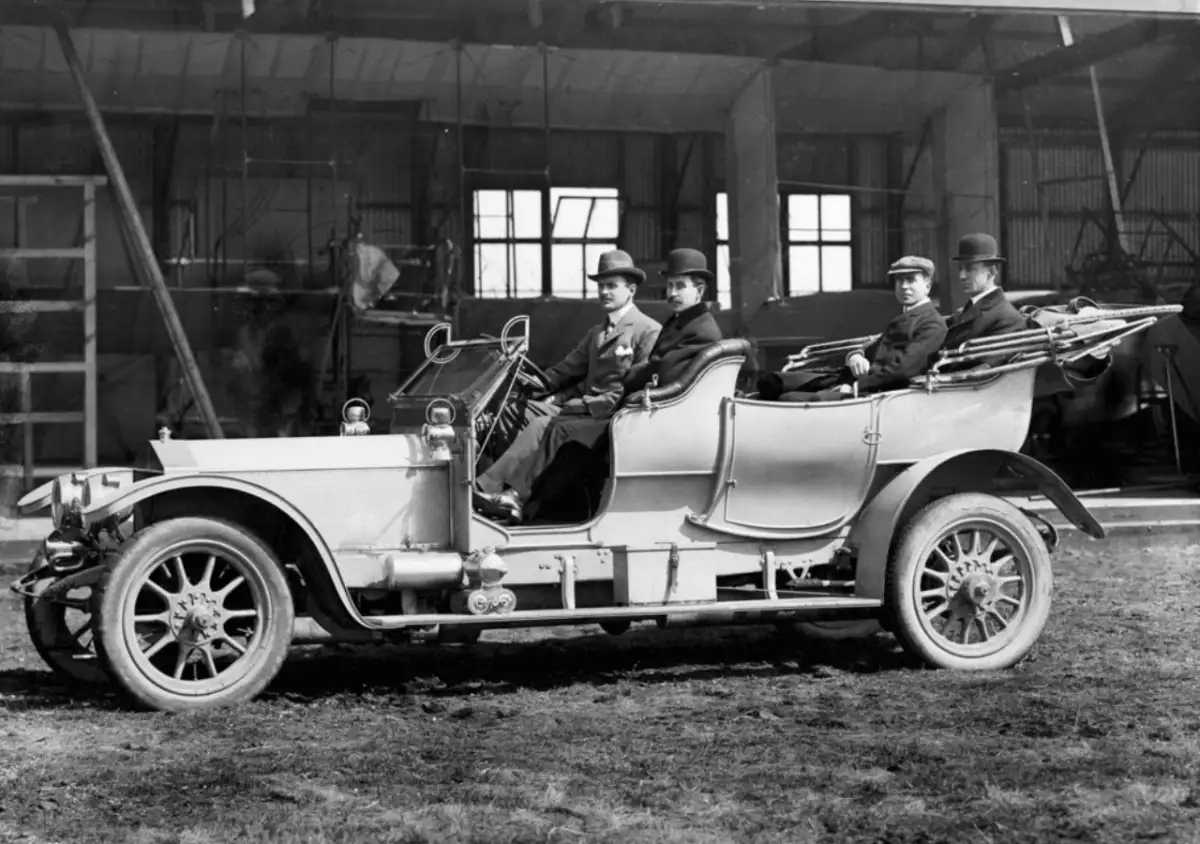- Milestones and Legendary Engines
- Key Engineering Features and Innovations
- Rolls-Royce vs. Other Engine Manufacturers
- Notable Stories and Fable
- Rolls-Royce’s Global Impact
In the world of aviation, few names are as synonymous with reliability, innovation, and engineering excellence as Rolls-Royce. Founded as a luxury automobile maker, Rolls-Royce’s entry into aircraft engine manufacturing during World War I changed the fate of air combat and commercial flight forever. Over the past century, the British giant has continually set global standards for power, efficiency, and groundbreaking technology—powering legendary planes from the Spitfire to the Concorde, and modern jets today.

From the first Eagle engine in 1915 to the latest Trent turbofan, Rolls-Royce has blended precision, resilience, and vision in every stage of aviation history.
Milestones and Legendary Engines
The Eagle (1915): Rolls-Royce’s first aircraft engine, a 12-cylinder water-cooled marvel, powered early Allied bombers and the pioneering transatlantic flight in the Vickers Vimy.
The Falcon and Hawk: Compact versions that excelled in two-seater fighter planes and airships, known for endurance and reliability.
The Merlin: Developed in the 1930s, this liquid-cooled V12 powered icons like the Spitfire, Hurricane, and Avro Lancaster; late versions produced over 2,000 hp, becoming the heart of RAF’s WWII air superiority.
The Dart and Tyne: Turboprop engines that revolutionized commercial aviation in the jet age, powering the Vickers Viscount and others.
The Welland (1944): Rolls-Royce’s debut jet engine for the Gloster Meteor, marking Britain’s entrance into the jet era.
The Pegasus: Developed after the acquisition of Bristol Siddeley, this groundbreaking vectored-thrust engine powered the Harrier Jump Jet.
The Trent Series: Modern high-bypass turbo fan engines, now powering the world’s major airliners with advanced fuel efficiency and extended reliability.

Key Engineering Features and Innovations
Water-cooled V12 designs pioneering early heat management and smooth operation.
Lightweight and modular builds, allowing for rapid upgrades and battlefield repairs.
Rigorous destruction testing led to higher powers and a reliability reputation unmatched in aviation.
Adoption of supercharging and jet propulsion—Rolls-Royce moved from piston engines to revolutionary gas turbines and full-blown jet engines in the 1940s.
Continuous improvement via partnerships, acquisitions (such as Bristol Siddeley), and technology transfer, enhancing thrust and fuel economy with each generation.
Rolls-Royce vs. Other Engine Manufacturers
Notable Stories and Fable
Fable: “The Eagle’s Flight”
On a foggy morning in 1919, two pilots prepared the Vickers Vimy for the world’s first non-stop transatlantic flight. Trusting the heart within (Rolls-Royce Eagle engines), they soared through uncertain skies. Every cough and whirr became a promise—a testament to how meticulous engineering conquers the unknown.
Moral: In aviation, reliability is not optional—it is the difference between safe landings and lost dreams.

Rolls-Royce’s Global Impact
Powers more than 35 types of commercial aircraft and a vast portfolio of military/defense jets.
Rolls-Royce engines are used in airliners, bombers, helicopters, business jets, and even naval ships.
Innovations such as high-bypass turbofans have saved billions in fuel costs and reduced emissions globally.
The Trent series engines are a leading choice for Airbus and Boeing widebody airliners.
Their research, including hypersonics, hybrid propulsion, and green aviation fuels, continues to shape the future of flight.










